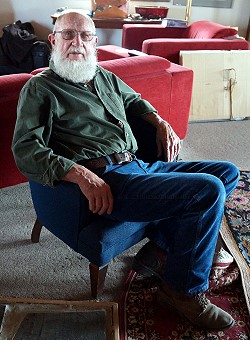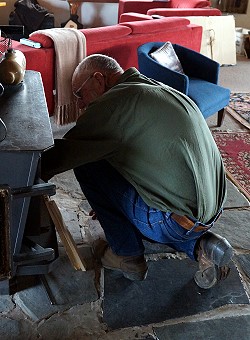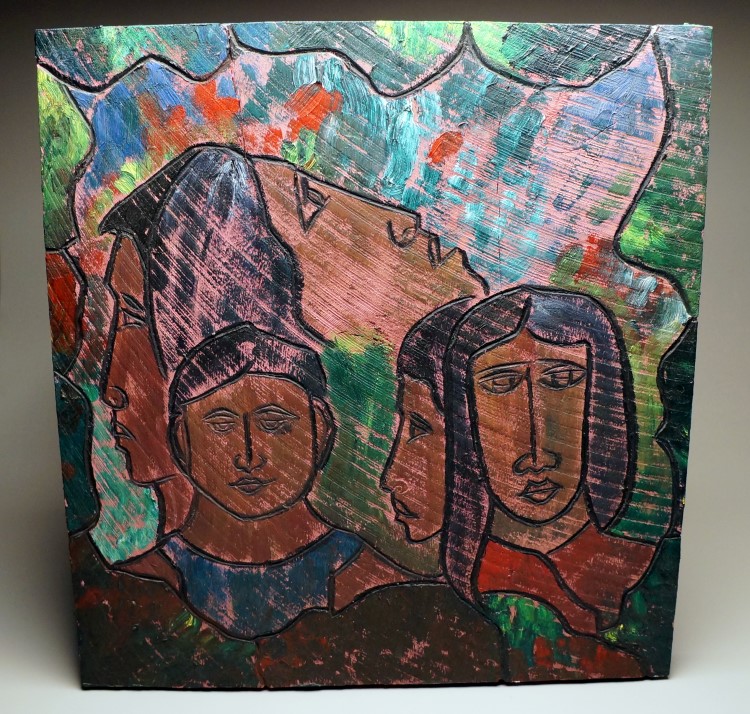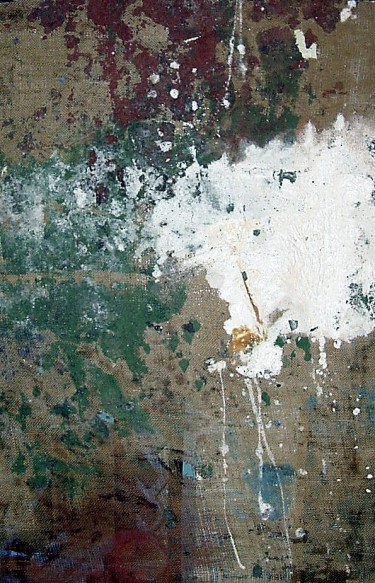| On
July 31, 1932, Tom Robinson was born in the city of Sparta, Christian County,
Missouri. In the sixth grade, his family moved to Springfield, Missouri,
where he ultimately received his high school diploma. As a youth, his first
art experiences were with his aunts, who liked to china paint and were primarily
ceramists. He remembers well the small sculptures he made from clay and
cornstalks, and the tractors he created from wooden spools. Drawing was
another favorite art activity as a youth. It was not until he was an adult
at Drury College after serving in the Navy during Korea that he would take
his first art class. He completed his undergraduate degree in Social Studies
from Colorado State University, Greeley, where he majored in history and
political science and minors in art, English and Spanish. His diverse background
in education naturally led him to become a teacher. In the late 1950's,
he accepted a position as a seventh grade teacher in Brawley, California,
where he taught all subjects including wood shop. His teaching would take
him all over Northern California and Western Nevada even landing him a position
at the important Stewart Indian School of Carson City in the early 1970's.
While living in the Sacramento area, he took a few courses at CSU Sacramento
to study film making, as well as other art disciplines for a couple semesters.
At this time, he met and befriended important artists Ralph Goings and Dick
Ketelle. The sale of a sculpture entitled All Wrapped up in Mass Democracy
in an auction held by Public Broadcasting in Sacramento to a prominent local
doctor brought him some early attention as an artist. As he kept working
as a teacher, he was always thinking about art and his desires to keep creating
even during difficult periods with his family and the passing of his first
wife from cancer. The basic struggles of life and doing everything he could
to take care of his four boys pushed the passion for life to a new level,
especially when he began living with his future wife Jo, a lifetime artist
and dedicated parent of also four boys, who had lost her husband at a very
young age. They shared so much in art and life.
|






